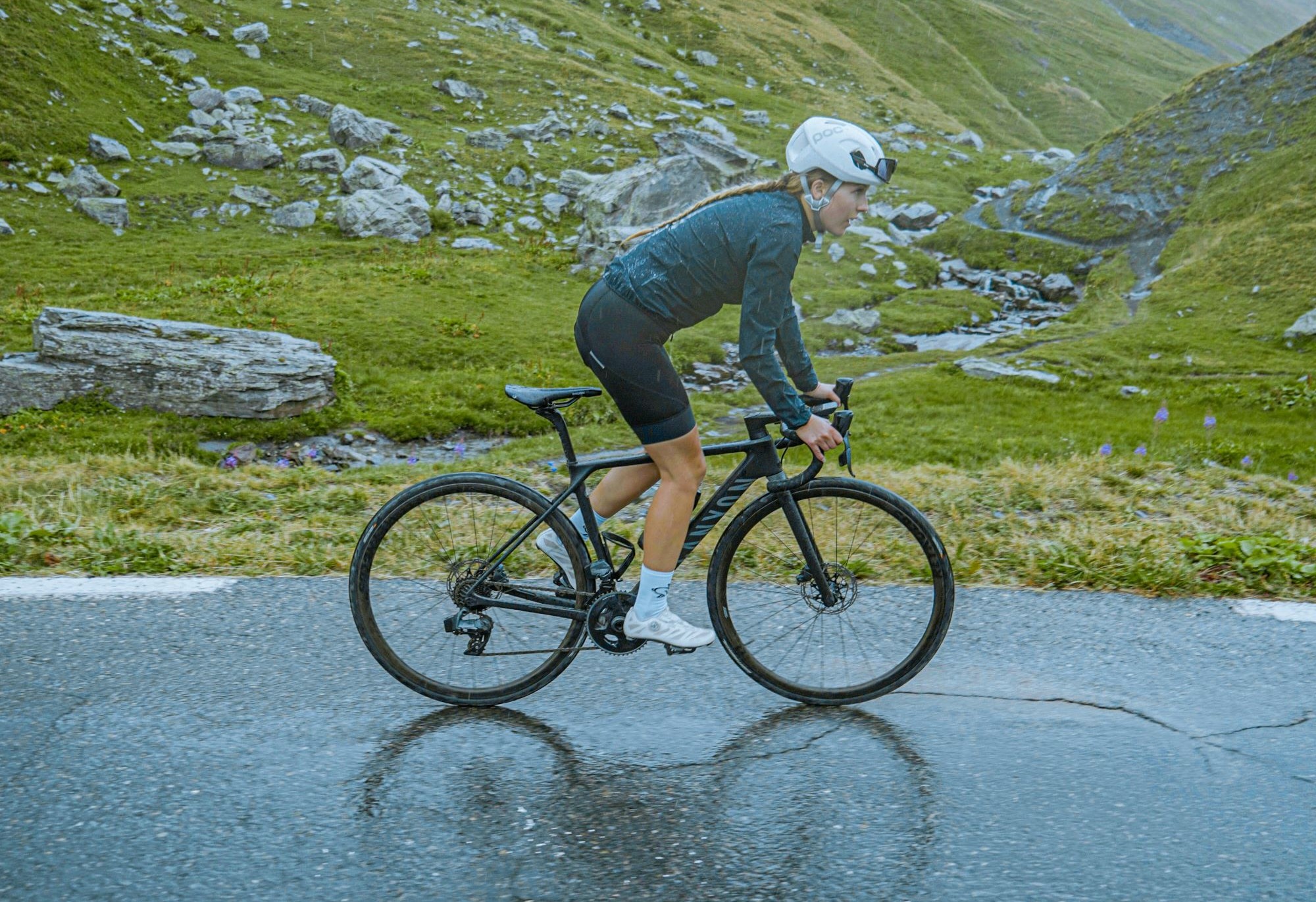Whether you’re a dedicated year-round cyclist or someone who prefers sunny days, at some point you’ll likely encounter less-than-ideal weather while riding. Rain, wind, snow, or even excessive heat can pose challenges, but with the right preparation and knowledge, you can still enjoy your cycling adventures while staying safe and comfortable.
Before You Ride: Planning and Preparation
- Check the Forecast: This seems obvious, but always check the weather forecast before heading out. Consider factors like temperature, wind speed, and precipitation type to determine the best gear and precautions.
- Dress for Success (And Safety):
- Layering: Wear multiple layers that you can easily add or remove as needed. Look for moisture-wicking base layers to stay dry, insulating mid-layers for warmth, and a water-resistant outer layer to protect against wind and rain.
- Visibility: Bright colors and reflective gear are essential for cycling in bad weather, especially in low light conditions. Consider a reflective vest, ankle bands, or helmet cover.
- Extremities: Don’t forget gloves, waterproof socks, and a hat or balaclava to keep your extremities warm and dry.
- Equip Your Bike:
- Fenders: Fenders are a must for wet conditions. They help keep water and debris off you and your bike.
- Lights: Even if it’s daylight, flashing lights will increase your visibility in rain, fog, or snow.
- Tires: For wet conditions, consider tires with more tread for increased traction. If you’re expecting snow or ice, studded tires might be necessary.
Riding in the Rain
The pitter-patter of rain on your helmet doesn’t have to spell disaster for your ride. However, wet roads introduce a host of hazards, making safety your top priority.
- Slow and Steady Wins the Race: Wet roads can become treacherous as water reduces tire grip. Resist the urge to speed, and give yourself plenty of time to react to obstacles. A good rule of thumb is to decrease your usual speed by about 10-20% when roads are wet.
- Give Yourself Some Space: The reduced grip on wet roads means braking distances increase significantly. Leave extra space between yourself and other cyclists or vehicles to ensure you have enough time to react and stop safely. A good following distance in dry conditions is three seconds; in the rain, double or even triple that gap.
- Navigate Puddles with Caution: Those deceptively deep puddles could be hiding potholes, debris, or other dangers that can send you flying over the handlebars. When possible, avoid riding directly through puddles. If you must ride through, slow down significantly and lift yourself slightly off the saddle to absorb any impact.
- Brake Smoothly: Sudden braking on wet surfaces can lead to wheel lockup and skidding. Instead, apply both brakes gently and progressively, starting earlier than usual to give yourself plenty of stopping distance.
Riding in the Wind
- Lower Your Body Position: Crouching down reduces your surface area and makes you less vulnerable to gusts.
- Keep a Firm Grip: Be prepared for sudden crosswinds that can push you off course.
- Choose Your Route Wisely: If possible, plan a route with windbreaks like trees or buildings to reduce exposure to gusts.
Cycling in Cold Weather
- Layer Up: Start with a warm base layer and add insulating layers as needed. Don’t forget gloves, a hat, and a neck gaiter or balaclava to protect your face.
- Stay Dry: Wet clothes will accelerate heat loss. Consider waterproof overshoes, pants, and jackets.
- Be Visible: Shorter days and low light make visibility crucial. Wear bright colors and use lights even during the day.
Extreme Weather (Snow and Ice)
- Studded Tires: For icy conditions, consider studded tires for added traction.
- Stay Warm and Dry: Extreme cold demands extra layers and waterproofing. Chemical hand and foot warmers can make a big difference.
- Safety First: Be extra cautious and consider avoiding cycling altogether if conditions are too dangerous.
Stay Safe and Enjoy the Ride!
Cycling in bad weather requires extra preparation and caution, but it can still be a fun and rewarding experience. Remember to always put safety first, listen to your body, and don’t be afraid to call it quits if conditions become too challenging.
Join Us at Attack Cycle Lab
If you’re looking for a way to keep cycling indoors when the weather turns nasty, come visit us at Attack Cycle Lab! Our indoor cycling studio in Baltimore provides a fun, safe, and motivating environment to maintain your fitness throughout the year.
Remember, proper preparation and a positive attitude can turn any cycling adventure into a success, regardless of the weather!

